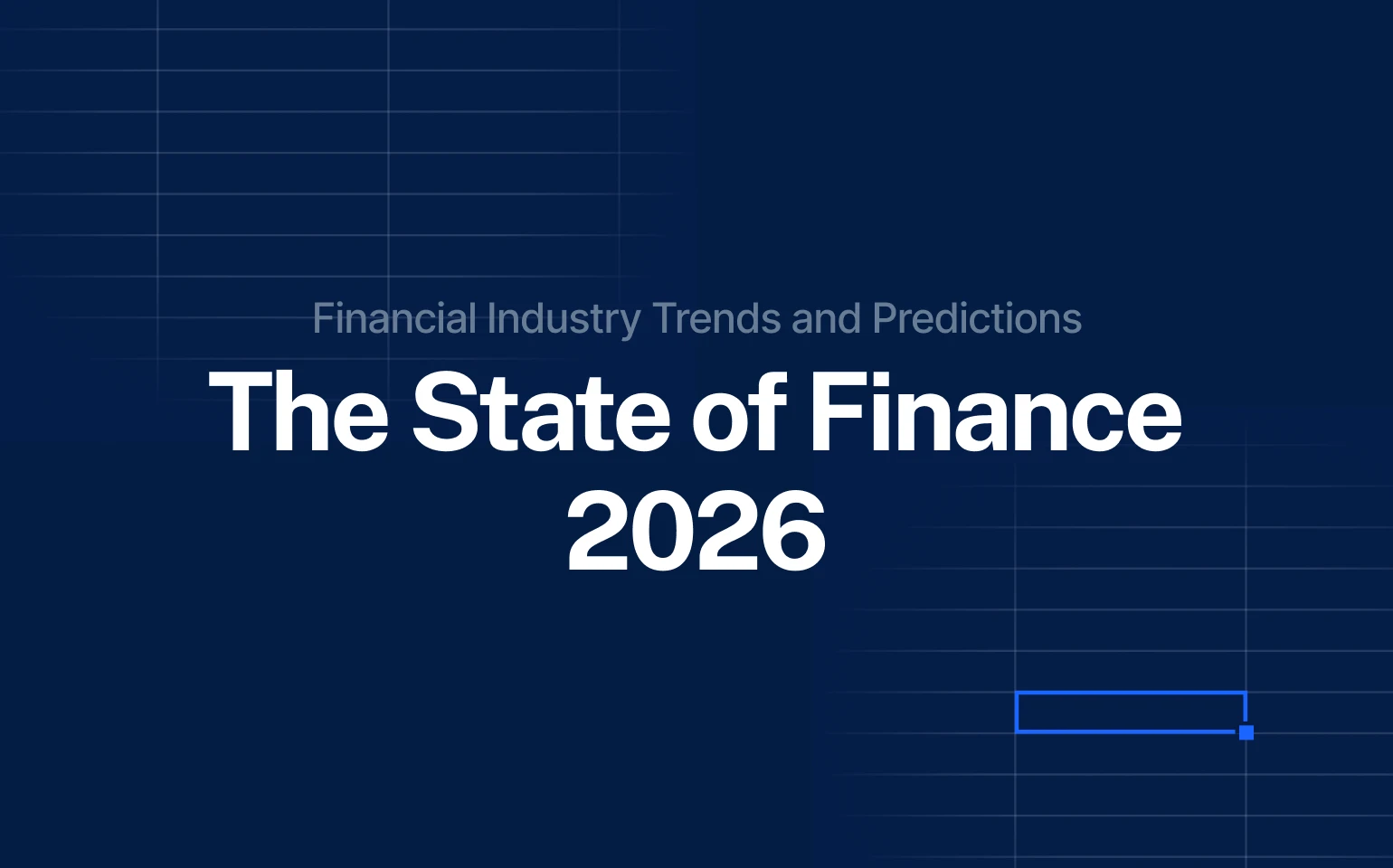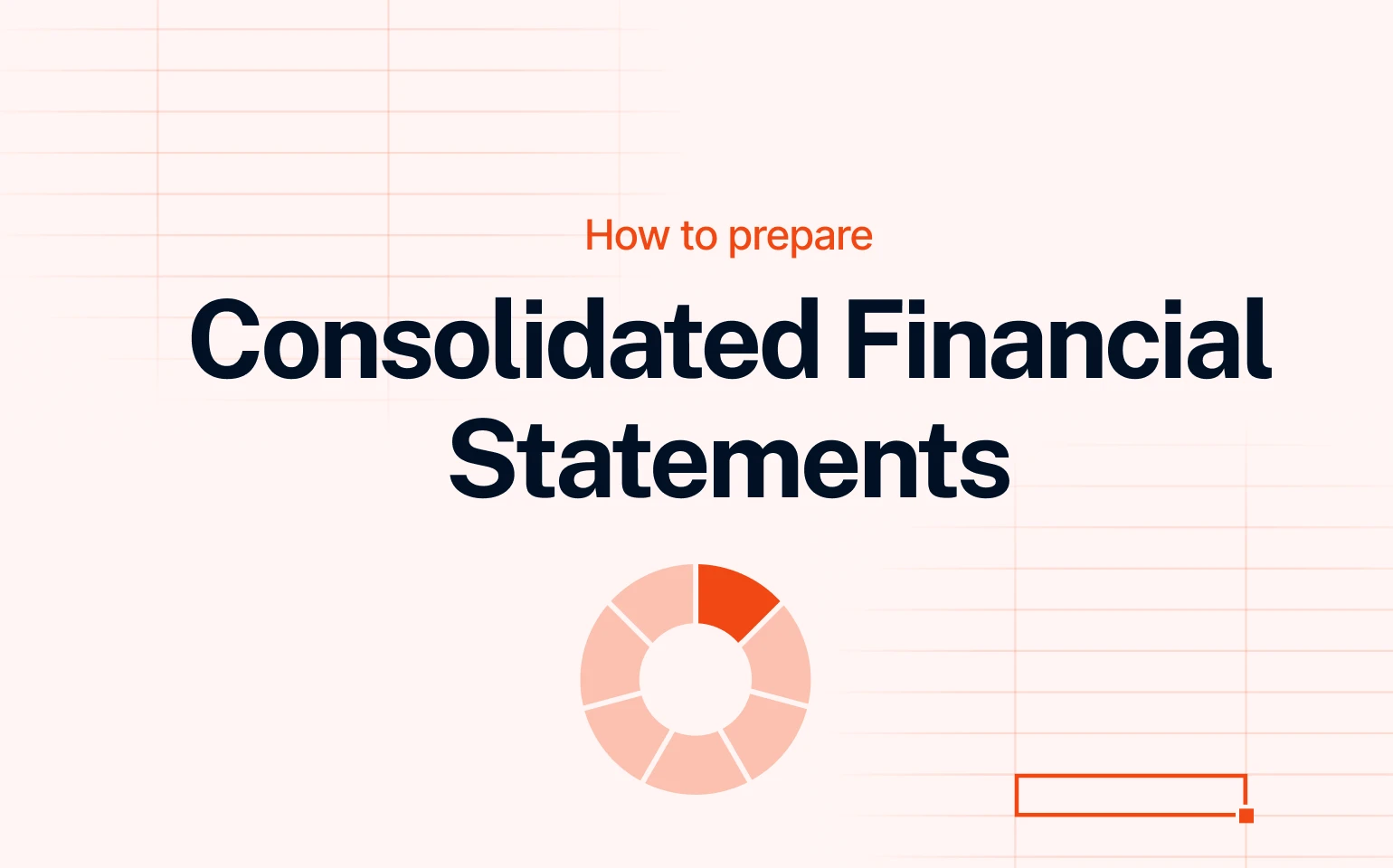Traditional Enterprise Software Is a Bloated Disaster, and We’re Here to Burn It to the Ground
Let’s stop pretending. Traditional enterprise software isn’t just “outdated” or “in need of a tune-up.” Enterprise software is broken. Bloated, clunky, inflexible, slow, and about as user-friendly as a brick.
Stuck in the Past While the World Moved On

The world has changed, businesses move faster, data is real-time, and teams expect seamless, collaborative tools. But what do we get instead? Software designed in the dial-up era, stuffed with features no one asked for, and wrapped in interfaces that make you want to hurl your laptop out the window.
This isn’t just an inconvenience. It’s a full-blown crisis for businesses trying to stay competitive. Finance teams are duct-taping spreadsheets together because the “enterprise-grade” systems they’ve paid millions for can’t keep up. Sales and ops teams are stuck making decisions based on data that’s days, or even weeks old. Meanwhile, vendors are laughing all the way to the bank, peddling the same tired solutions, slapping on a “digital transformation” label, and pretending it’s innovation.
Built to Lock You In, Not Help You Move
Let’s be clear: the traditional enterprise software stack is a scam. It was built to trap you in long contracts, sell you more modules, and bury you under layers of complexity until you forget what agility even feels like.
- It’s a data graveyard, where insights go to die.
- It’s an integration nightmare, requiring expensive consultants just to make it talk to your other tools.
- It’s a user experience crime scene, designed for committees, not the humans who actually need to get work done.
- And worst of all, it’s still leaving teams so desperate they’re turning to Excel as a lifeline in 2025. That’s not “robust,” it’s embarrassing.
Here’s the thing: this mess isn’t just annoying. It’s killing your business. Decision-making is reactive, opportunities are missed, and your people waste more time fighting with their tools than driving strategy. Meanwhile, your competitors, armed with smarter, faster systems, are leaving you in the dust.
Enterprise Software Is Broken, but How Did We Get Here?
Let’s rewind. How did we get stuck with this mess?
Traditional enterprise software was never designed for agility. It was built during an era when businesses were slow, hierarchies were rigid, and the people calling the shots cared more about compliance than collaboration. Back then, software vendors could get away with building monolithic systems that did one thing okay and everything else badly.

Instead of designing tools for end users, finance teams, planners, sales managers, marketers, they designed them for procurement committees and IT departments. Layers of approvals, checklists, and “feature parity” requirements led to bloated products that ticked every box but solved nothing well.
And here’s the cool part: these systems were supposed to evolve. But they didn’t. Vendors kept patching them with bolt-ons, acquisitions, and cosmetic UI upgrades while keeping the same rigid core. The result? Systems that look modern on the surface but feel like driving a Tesla with a 1995 engine under the hood.
Real Progress Left Software Behind
Meanwhile, the world moved on. Businesses embraced real-time collaboration, cloud-native systems, AI-driven insights. But enterprise software? It’s still dragging its feet, stuck in an outdated paradigm of “one-size-fits-no-one.”
Excel Is Still Running the Show, and It’s Ridiculous
We need to talk about Excel. Yes, it’s flexible. Yes, it’s familiar. But the truth is: Excel is holding your business back.
In 2025, finance teams are still stitching together spreadsheets because the “advanced planning solutions” they’ve been sold can’t deliver. Real-time scenario planning? Forget it. Collaborative forecasting? Not a chance. Dynamic modeling? Only if you’re willing to spend months building it yourself.
So what happens? Teams fall back on what they know. They build monster spreadsheets, email them back and forth, and hope no one overwrites a formula. It’s a ticking time bomb of errors, delays, and missed opportunities. And it’s not just inefficient, it’s dangerous. One bad assumption, one missed update, and you’re making decisions based on garbage.

The Vendor Trap: Why You’re Stuck (For Now)
Here’s the dirty little secret vendors don’t want you to know: they want you trapped.
The traditional enterprise software game isn’t about making you more agile, insightful, or efficient. It’s about locking you into long contracts, selling you additional modules you don’t need, and charging you for every minor customization.
- Want a new workflow? That’ll cost you.
- Need integration with another system? Better get the consultants in.
- Thinking of switching platforms? Good luck extracting your data.
It’s a vicious cycle designed to keep you paying for tools that aren’t working, and make it as painful as possible to leave. This is vendor lock-in in action – and it’s bleeding your company slowly, one “customization” at a time.
Enough is Enough
At Farseer, we’re not here to offer a prettier version of the same old junk. We’re here to burn the whole thing down and rebuild broken enterprise software from scratch.
We believe:
- Software should be real-time, collaborative, and human-centered. No more data silos. No more stale reports. Just a clear, shared view of what’s happening – now.
- It should be designed for the people who use it, not the ones who buy it. That means clean interfaces, intuitive workflows, and flexibility that doesn’t require a PhD to implement.
- Your data should belong to you, not your vendor. No lock-ins. No hidden fees. No ransom notes.
- Decision-making should be proactive, not reactive. With Farseer, you see the trends as they happen, and you act before it’s too late.
- Scalability should be a feature, not a bug. It should scale with your business, no excuses. No long timelines. No consulting circus. Just seamless growth, built right in.
We’re starting with finance because it’s the heartbeat of every organization. Start with finance. It’s not just the numbers department – it’s where every strategic decision gets translated into action. Forecasting, risk planning, resourcing, scenario modeling – all of it runs through finance. That’s why fixing finance first creates a ripple effect across the business.
But make no mistake: we’re coming for the whole enterprise stack.
The old way is broken. It’s time to break free.



